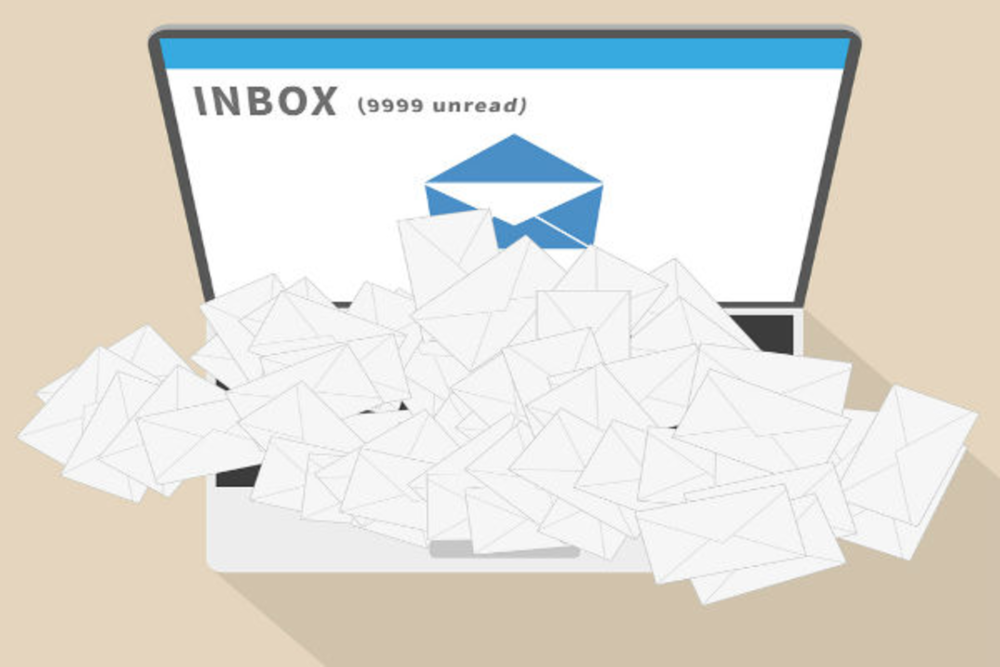Marketing is often considered a numbers game. How many followers did we get? What are the email open and click-through rates? How much revenue did this campaign generate? You get the idea.
On the surface, no marketing practice seems to embody this tally-centric mentality more than email list growth. After all, what could be more quantifiable than measuring contact count? But actually, quality is just as important as quantity when it comes to building a successful subscriber base.
“It’s do you want more or do you want better?” asks Sergio Balegno, CEO of demand generation solution provider Ascend2. “That is something that an organization needs to set as an objective.”
Email marketers know that list growth is essential to success. In fact, 67% of employees say that email list growth is very important to the overall success of their marketing programs, according to Ascend2’s “Email List Growth Survey Summary Report.” And list growth is important from both a qualitative and quantitative perspective.
On the quantitative side, list growth enables marketers to send more emails. And email, Balegno says, is one of the industry’s most important marketing channels—mainly because it fulfills many needs, like branding and customer relationship building. On the qualitative side, collecting subscriber information during the acquisition process allows marketers to create buyer profiles and segment subscribers to provide more relevant content, Balegno says.
This qualitative-quantitative balance also plays into marketers’ goals for the year ahead. Consider the following: 57% of professionals surveyed cite increased conversion rates as their most important email marketing objective for the New Year, followed by improved lead generation (51%) and increased email list size (48%). All of these objectives, Balegno notes, are related and depend on list quantity and quality.
“Email lead generation depends on the size and quality of the email list,” he says, “and the conversion rates also rely on the size and quality of the email list. They do all tie together.”
So how exactly can marketers grow their lists? According to the report, 43% of employees surveyed say requiring registration to access restricted website content is the most effective tactic; 42% list registering to download content as the most effective means, and 30% say registering for upcoming events is the best way to build their list. Not only do these methods help marketers build their lists quantitatively, but they also assist in helping marketers grow their lists qualitatively. How so? Consumers understand the value of exchanging personal data for exclusive content, Balegno says.
“Someone isn’t going to register for a specialized tool or for valuable information if they’re not a good prospect for it,” Balegno says. “There aren’t many people anymore who just register for things for no reason. People don’t want to give away their email address or their personal information anymore unless there’s a greater return on value for it.”
When it comes to building the registration forms to acquire this data, Balegno says more is better. Asking consumers to fill out more than the usual two to four fields may make marketers feel like they’re scaring away potential leads. And although Balegno acknowledges that longer registration forms may result in fewer leads overall, he says that it will result in more qualified leads, which will in turn drive more conversion.
“The more fields that you have,” he says, “the better qualified the leads…generated by the form [will be].”
Still, many marketers prefer the short registration forms. According to the report, 61% of employees surveyed require people to fill out two to four fields when registering—only 25% require people to fill out five to seven.
But deciding on the right number of fields isn’t the only challenge that marketers face. According to the report, 44% of employees say creating relevant content that offers value to their subscribers is the most challenging obstacle that hinders email list growth success. And 43% cite list growth expertise as a major hurdle, followed by email list hygiene and accuracy (40%).
Although more than half of the professionals surveyed (56%) say they’re somewhat successful at achieving their email marketing goals, Balegno says hiring outsourced specialists can help overcome some of these obstacles. However, 58% of respondents say they only rely on in-house resources to execute email list growth tactics and only 5% depend on third parties entirely—reinforcing that leveraging external resources is a luxury that not all companies can afford.








